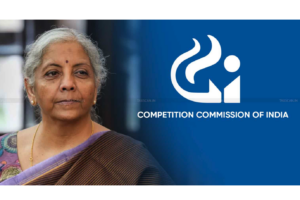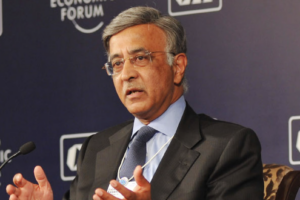
Bank of Baroda (BoB) on Monday has become the second largest state-owned lender after merging Dena Bank and Vijaya Bank with itself as part of a three-way amalgamation. The consolidated entity started its operation with a business mix of over Rs 15 lakh crore of balance sheet, with deposits and advances of Rs 8.75 lakh crore and Rs 6.25 lakh crore, respectively. BoB now has over 9,500 branches, 13,400 ATMs, 85,000 employees to serve 12 crore customers.
BoB has allocated shares to shareholders Dena Bank and Vijaya Bank as per the scheme of amalgamation. Shareholders of Vijaya Bank got 402 equity shares of BoB for every 1,000 shares held. In the case of Dena Bank, its shareholders received 110 shares of BoB for every 1,000 shares. The bank on Monday issued and allotted equity shares at approved share exchange ratio pursuant to ‘Amalgamation of Vijaya Bank and Dena Bank with Bank of Baroda Scheme, 2019’, BoB said in a regulatory filing.
The consolidated entity will have a wider geographical reach with over 9,500 branches, 13,400 ATMs, 85,000 employees and 120 million customers. The combined entity will have a business mix of Rs 15 lakh crore with deposits and advances at Rs 8.75 lakh crore and Rs 6.25 lakh crore, respectively.
Post-amalgamation, the bank will own a 22 per cent market share in Gujarat and 8-10 per cent market share in Maharashtra, Karnataka, Rajasthan and Uttar Pradesh. All customers of Dena Bank, which is under prompt corrective action (PCA) framework of the RBI, will have renewed access to credit facilities immediately. The scheme of amalgamation i.e the shareholders of Vijaya Bank will get 402 equity shares of BoB for every 1,000 shares held. In the case of Dena Bank, its shareholders will get 110 shares of BoB for every 1,000 shares held.
This comes after the government announced the first-ever three-way consolidation of banks in India, with a combined business of Rs 14.82 lakh crore, making it the third-largest bank after State Bank of India (SBI) and HDFC Bank. The announcement of the three-way merger was among several reforms initiatives undertaken by Financial Services Secretary Rajiv Kumar to make public sector banks (PSBs) dynamic and competitive. The government has also announced transfer of majority 51 per cent stake to Life Insurance Corporation (LIC) in IDBI Bank in August last year to transform the Mumbai-based lender.
Apart from this, the Department of Financial Services made a record capital infusion of Rs 1.06 lakh crore in the PSBs in the fiscal 2018-19. As a result five public sector banks including Bank of India, Corporation Bank and Allahabad Bank were out of the prompt corrective action framework of the RBI earlier this year. Non-performing assets (NPAs) showed a negative trend in 2018-19 and reduced by Rs 23,860 crore between April-September 2018. Ever since the merger, the number of PSBs has come down to 18.



